5 Symptoms of a Bad Control Arm Bushing
If you are looking for a smooth and comfortable ride, you should pay attention to your car’s suspension system. One of the components that can affect the performance of your suspension is the control arm bushing. The control arm bushing is a rubber part that connects the control arm to the car’s chassis. The control arm is responsible for allowing the wheels to move up and down with the road surface, as well as steering the front wheels. The control arm bushing helps prevent metal-to-metal contact between the control arm and the chassis, and also absorbs vibrations and shocks from the road.
However, like any other rubber part, the control arm bushing can wear out over time and cause problems for your car. In this article, we’ll look at some of the symptoms of a bad control arm bushing, how to diagnose it, and how much it costs to replace it.
Vibrations in the Steering
One of the most common signs of a failing control arm bushing is steering vibrations. When the control arm bushing becomes loose or cracked, it creates gaps between the control arm and the chassis. This allows the control arm to move and cause steering vibrations. You may feel these vibrations in your steering wheel, especially when you accelerate, brake, or turn. Vibrations can also increase with speed and road conditions.
Uneven Tire Wear
Another symptom of a failing control arm bushing is uneven tire wear. The control arm bushing helps keep your wheels aligned and in contact with the road. When the bushing wears out, it affects wheel alignment and causes uneven tire wear. You may notice that one side of your tire is more worn than the other, or that your tires have bald spots or cupped patterns. Uneven tire wear can also affect your fuel economy, handling, and safety.
Clicking Noises
A faulty control arm bushing can also produce clunking noises coming from your suspension. These noises are caused by metal-to-metal contact between the control arm and the chassis when the bushing fails. You may hear these noises when driving over bumps, potholes, or rough roads. The noises can also change with speed and direction. Clunking noises can indicate that your control arm bushing is severely damaged and needs immediate attention.
Stiff Suspension Movement
A faulty control arm bushing can also affect the movement of your suspension. The control arm bushing allows the control arm to move freely and smoothly with the road surface. When the bushing becomes stiff or stuck, it restricts the movement of the control arm and makes your suspension feel stiff or bouncy. You may notice that your ride quality is harsher and less comfortable than before.
Steering Difficulties
A faulty control arm bushing can also cause your car to have difficulty steering. The control arm bushing helps keep your steering system stable and responsive. When the bushing fails, it affects the geometry and alignment of your steering. You may notice your car pulling to one side, wandering on the road, or exhibiting poor cornering performance. You may also have trouble keeping your car in a straight line or making tight turns.
How to Diagnose a Faulty Control Arm Bushing
If you suspect you have a faulty control arm bushing, there are a few simple checks you can do to confirm this. Here are some steps you can take:
Visually inspect the control arm bushing. Look for signs of cracks, tears, or deterioration of the rubber surface. You may also see signs of fluid leaks or grease contamination on the bushing.
Check the control arm bushing for play or movement. Grasp the control arm and try to move it up and down or side to side. If you feel excessive play or movement in the bushing, it is worn or loose.
Listen for noises coming from the suspension. Drive your car on different road surfaces and listen for any clicking, popping, or grinding noises from your suspension. Pay attention to how these noises change with speed, steering, or braking.
Check your tire condition and alignment. Look for any signs of uneven tire wear on your front tires. You can also use a tire pressure gauge to check if your tires are properly inflated. If you notice abnormal tire wear or pressure issues, this could indicate that your alignment is out of whack due to a faulty control arm bushing.
How Much Does It Cost to Replace a Control Arm Bushing?
The cost of replacing a control arm bushing depends on several factors, such as the type of car you have, the location and condition of the bushing, and the mechanic’s hourly rate. In general, you can expect to pay between $100 and $300 for a control arm bushing replacement. The cost of parts can range from $20 to $100, while the cost of labor can range from $80 to $200. You may also have to pay for an alignment service after the replacement, which can add between $50 and $100 to the total cost.
Conclusion
The control arm bushing is a vital component of your suspension system that ensures a smooth and comfortable ride. However, it can wear out over time and cause various problems to your car, such as steering vibrations, uneven tire wear, rattling noises, stiff suspension movement, and steering difficulties. If you notice any of these symptoms, you should inspect your control arm bushing and replace it if necessary. Replacing a faulty control arm bushing can improve your ride quality, handling, and safety.
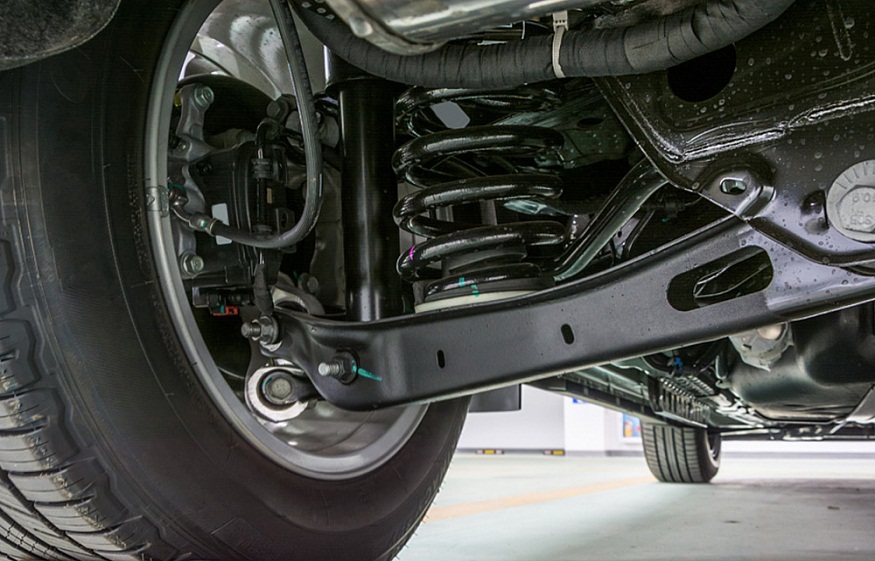
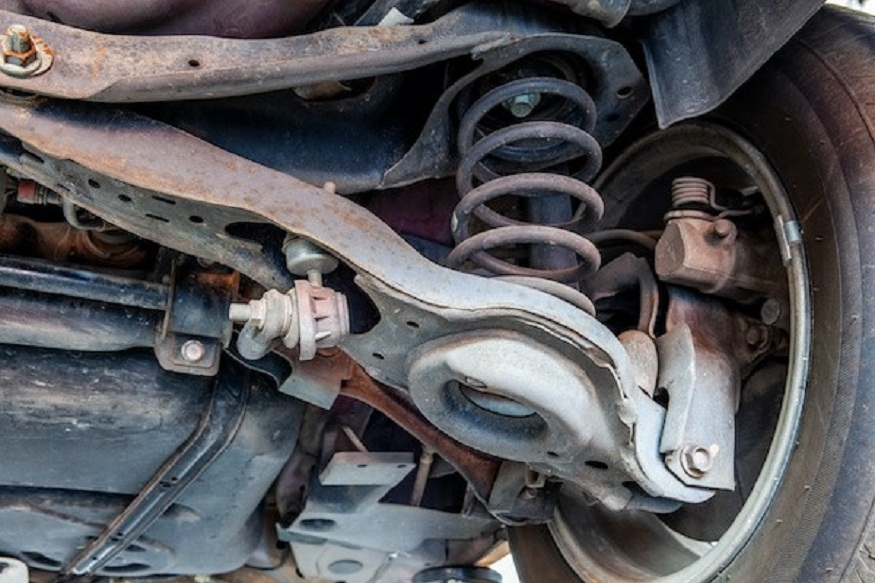



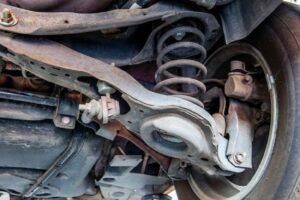
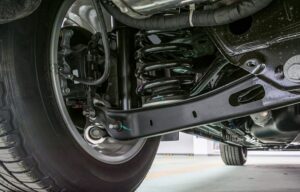
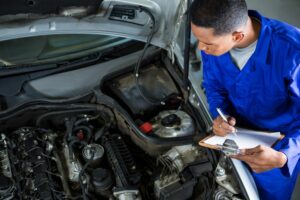

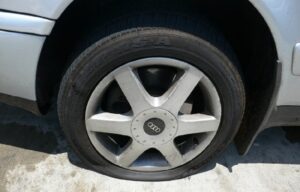
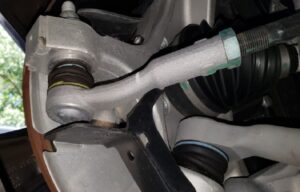
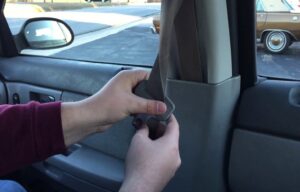
Post Comment
You must be logged in to post a comment.